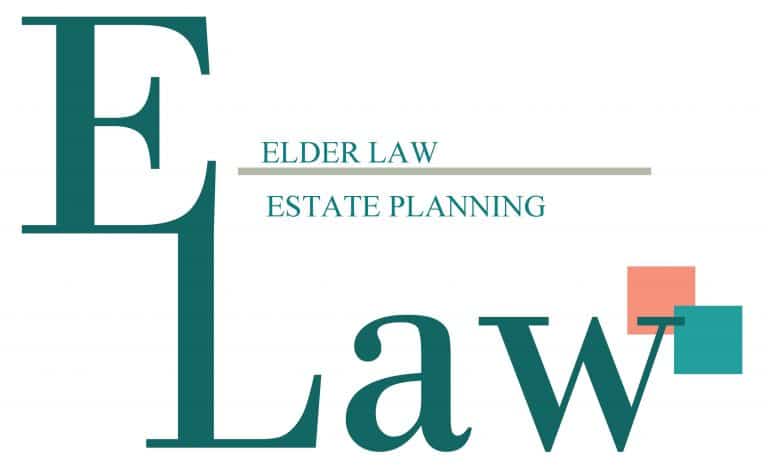The loss of a loved one is a difficult time, often compounded by the necessity of addressing estate settlement and the liquidation of assets. In this guide, we’ll explore the key steps involved in liquidating assets after death of a loved one in New Mexico, focusing on estate settlement processes and related legal considerations.
Understanding the Role of the Executor in Estate Settlement
The estate executor, appointed either by a will or a court, plays a pivotal role in the estate administration or settlement process. They’re responsible for gathering and appraising the deceased’s assets, paying debts and taxes and distributing the remaining assets to the beneficiaries.
Executor’s Responsibilities:
- Inventory assets.
- Appraise the estate’s value.
- Pay off debts and taxes.
- Distribute assets to beneficiaries.
Probate: What Does It Entail?
Probate is the legal process through which a deceased person’s will is validated and their estate is administered. This process ensures that debts are paid, and assets are distributed according to the will or New Mexico state law.
Key Aspects of Probate:
- Validating the will
- Settling debts
- Distributing assets as per the will or law
Learn more about the New Mexico Probate Process in our masterclass, “How to Protect Your Assets and Family from the New Mexico Probate.”
How to Liquidate Assets: A Step-by-Step Guide
Liquidating assets after death involves converting the decedent’s properties into cash. This could include selling real estate, stocks, or personal items.
Steps for Liquidation:
Appraise Asset Values:
- The first step in liquidating assets involves accurately appraising their value. This process is crucial to ensure that the assets are sold for their true worth and to prevent underselling.
- Appraisals should be conducted by qualified professionals specializing in the asset type being appraised. For instance, real estate should be appraised by a licensed real estate appraiser, while valuables like jewelry, art, or antiques may require an appraiser with expertise in those specific areas.
- Accurate appraisals not only provide a clear idea of the estate’s total value, which is necessary for both estate settlement and tax purposes, but also guide the pricing strategy when these assets are put up for sale.
Find Buyers or Auctions for Sale:
- Once the assets have been appraised, the next step is to find the most suitable method to sell them, which could involve direct sales to buyers or utilizing auctions.
- For unique or high-value items like artwork, jewelry, or collectibles, auctions can effectively reach specialized buyers willing to pay a premium. Auction houses or online auction platforms can be used, depending on the nature of the asset.
- For more common assets like real estate or vehicles, finding buyers directly through real estate agents, online marketplaces, or advertising in relevant media might be more efficient.
- The choice between direct sale and auction often depends on the asset type, the time available for sale and the desired balance between obtaining the best price and selling the asset quickly.
Complete the Sales and Gather Proceeds:
- Completing the sales involves several steps, from negotiating terms to finalizing transactions and transferring ownership. This process must be handled carefully to ensure legal compliance and the protection of all parties’ interests.
- It is essential to have clear, written agreements detailing the terms of the sale, especially in private sales. These agreements should outline payment terms, transfer of ownership and any warranties or guarantees.
- Once the sale is complete, the proceeds must be collected and managed properly. This might involve depositing funds into estate accounts and keeping detailed records for estate settlement purposes.
- The executor or estate administrator is responsible for ensuring that the proceeds from these sales are used according to the estate’s requirements, such as paying off debts, covering estate expenses, or being distributed to beneficiaries as per the will or state laws.
Each step requires careful consideration and planning to ensure that the estate’s assets are liquidated efficiently and for their maximum value, contributing to a smoother estate settlement process.
The Importance of Beneficiary Designations
Beneficiary designations on accounts like retirement plans and life insurance policies supersede wills. It’s crucial to ensure that these designations are up to date.
Benefits of Designations:
- Speed up asset distribution
- Avoid probate for certain assets
Dealing with Debt and Creditors
The executor must settle any outstanding debts of the deceased before distributing assets. Creditors typically have a set period to make claims against the estate.
Managing Debts:
- Identify all outstanding debts
- Notify creditors of the death
- Pay debts from estate funds
New Mexico Real Property: Special Considerations in Liquidation
Selling real estate involves additional steps, like property appraisal, preparation for sale and understanding market conditions.
Real Estate Liquidation:
- Appraise property value
- Prepare property for sale
- Sell through a realtor or auction
Transfer on Death Accounts and Joint Ownership
Assets in accounts designated as “transfer on death” or jointly owned can bypass probate and pass directly to the designated beneficiary or surviving owner.
Advantages of TOD and Joint Accounts:
- Avoid probate
- Immediate transfer of assets
Tax Implications in Estate Settlement
The executor must consider estate, inheritance and income taxes due from the estate or the beneficiaries.
Tax Considerations:
- File estate tax returns if necessary.
- Handle inheritance tax for beneficiaries.
- Manage income tax obligations.
Challenges in Estates Without a Will
If the person dies without a will (intestate), the probate court will appoint an administrator to distribute assets according to New Mexico state laws.
Intestate Estate Distribution:
- Follow state law for asset distribution
- Court-appointed administrator’s role.
Estate Planning: Preventing Future Complications
A well-structured estate plan, including a will, trust and beneficiary designations, can simplify the asset liquidation process.
Estate Planning Benefits:
- Clear instructions for asset distribution
- Potential to avoid or simplify probate
- Reduced confusion and disputes among heirs.
Summary: Key Takeaways
- Executor’s Role: Understand the responsibilities and legal obligations.
- Probate Process: Be aware of the steps and legal requirements.
- Liquidating Assets: Know how to appraise and sell different types of assets.
- Dealing with Debt: Prioritize settling debts before distributing assets.
- Beneficiary Designations: Ensure that they are current to avoid probate complications.
- Tax Considerations: Be mindful of estate and inheritance tax implications.
- Estate Planning: Encourage proactive planning to ease future estate settlement.
Navigating the intricate process of estate planning and settlement requires skill and foresight. Trusted Las Cruces Probate Attorney Michele Ungvarsky can provide invaluable assistance, helping you to understand and manage complex legal and financial aspects, such as will drafting, trust management, estate taxes and beneficiary designations. Hiring a seasoned estate planning attorney ensures that your estate is managed and distributed according to your wishes, potentially saving your beneficiaries time, money and legal hassles. An attorney can also help update your estate plan in response to life changes, ensuring that it always reflects your current wishes and circumstances. Don’t leave the future of your estate to chance. Request a consultation with E-Law today to secure peace of mind for you and your loved ones.



